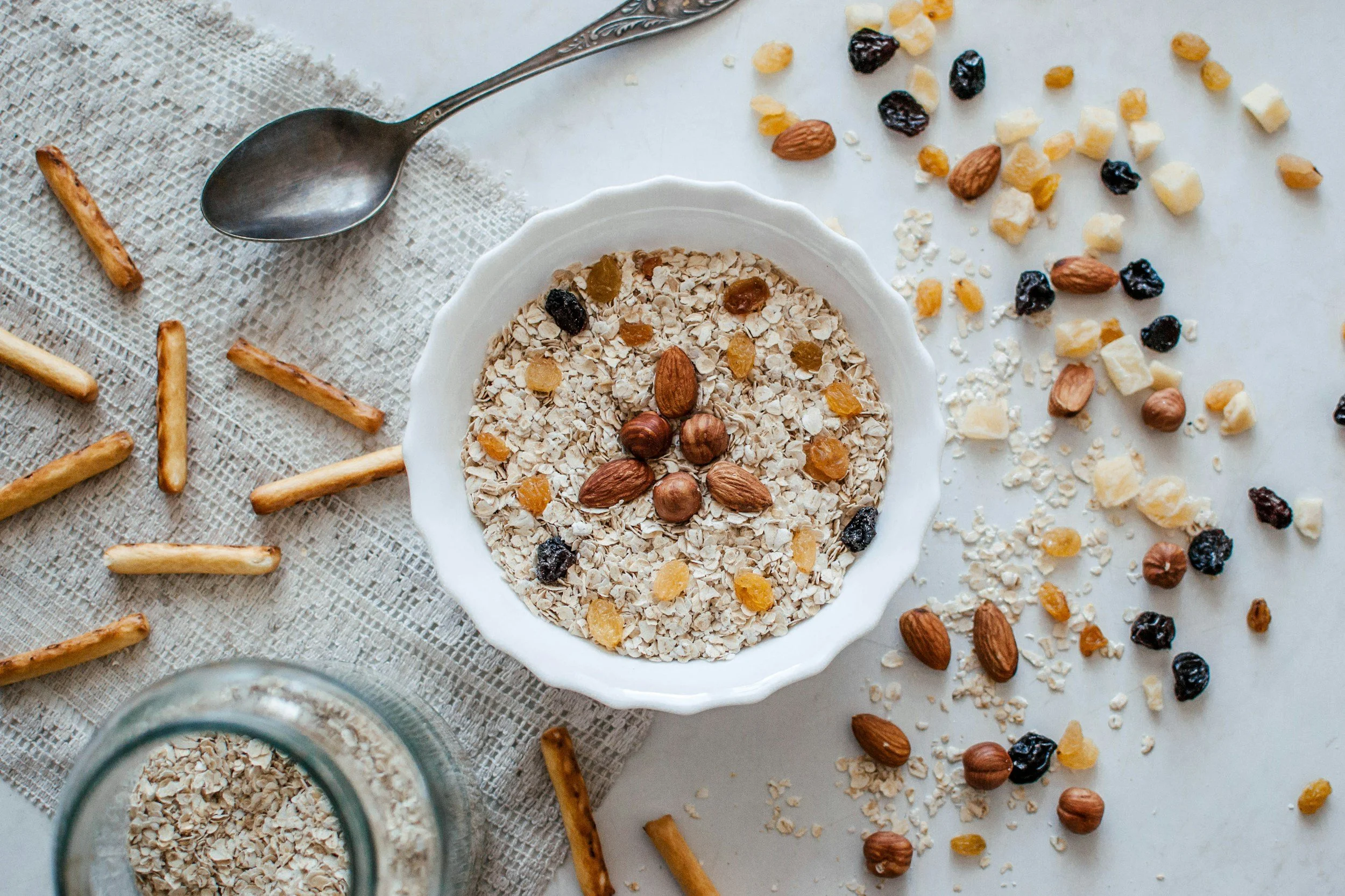Fast Facts about the Mediterranean Diet to Help You See What It’s All About
There's no shortage of diets out there, and most of them have a lot of things you can’t do. If we're being honest here, who likes to be told no? These restrictions are often the cause of an abort mission -- ditching the plans and returning to what you're used to. This is precisely why I don't teach about the diet fads that cause this yo-yo effect.
If you want to eat things you enjoy eating and feel great while looking after your health, you could try the Mediterranean Diet. Noted as one of the healthiest and most sustainable diets in the world, it is easy to follow, leads you down a healthy path for heart health, and is delicious. You can barely even call it a "diet" because most diets are unreasonable, unsustainable, and unhealthy overall. This is truly a way of life you can stick to and enjoy. You can even modify it to be vegan or vegetarian if you choose.
The Mediterranean Diet Defined
The people in Greece and Italy are generally healthy, thriving, and enjoying life -- and The Mediterranean Diet is based on what they traditionally eat in these Mediterranean countries. It's more flexible, with an emphasis on vegetables and fresh fish, including high-quality cheese. You can modify this by using non-dairy cheeses and skipping the fish to enjoy some seaweed salad, so you still soak up those vitamins and minerals from the sea. When following this diet, you need to also get regular exercise in a way that's enjoyable to you, and it also encourages sharing meals with others, Mediterranean-style.
So, what can you eat when you decide to follow in the footsteps of the Mediterranean people?
Food You Can and Can't Eat
When you follow the Mediterranean Diet, you'll be eating more veggies, fruits, whole grains, seeds, nuts, and legumes. These are the base of every meal, and fresh fish or seafood is encouraged a few times a week. Poultry and high-quality dairy are also enjoyed moderately. (Skip the meats if you are meat-free!)
Red meats and sweets aren't forbidden per se, but they are considered as foods you should eat only sometimes. And of course, healthy fats are a must, which is why olive oil and olives themselves, avocados, nuts, and seeds are used as the primary healthy fats for this diet.
See? You get to eat good food! But there are a few things that aren't supported on the Mediterranean Diet. No processed foods or meats, no added sugars, no sweetened beverages (we're looking at you, soda!), no refined grains or oils, and no trans fats.
Why the Mediterranean Diet is Great
With the Mediterranean Diet, you get a lot more flexibility and fewer restrictions. There's no counting or tracking, so it's easy to follow. Because of this, it's a more sustainable option when you're looking to get healthy.
Remember, good health isn't only losing weight to get to a healthy number on the scale for your size. It's about keeping your heart and organs in good health, too.
It reshapes the way we look at diets. It's time we threw out the notion that diets should be something restrictive and tedious and delved into a delicious plate of Mediterranean-inspired food.




